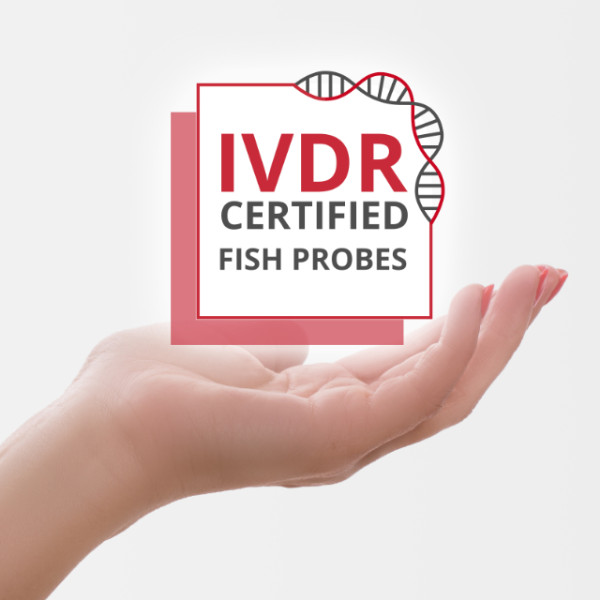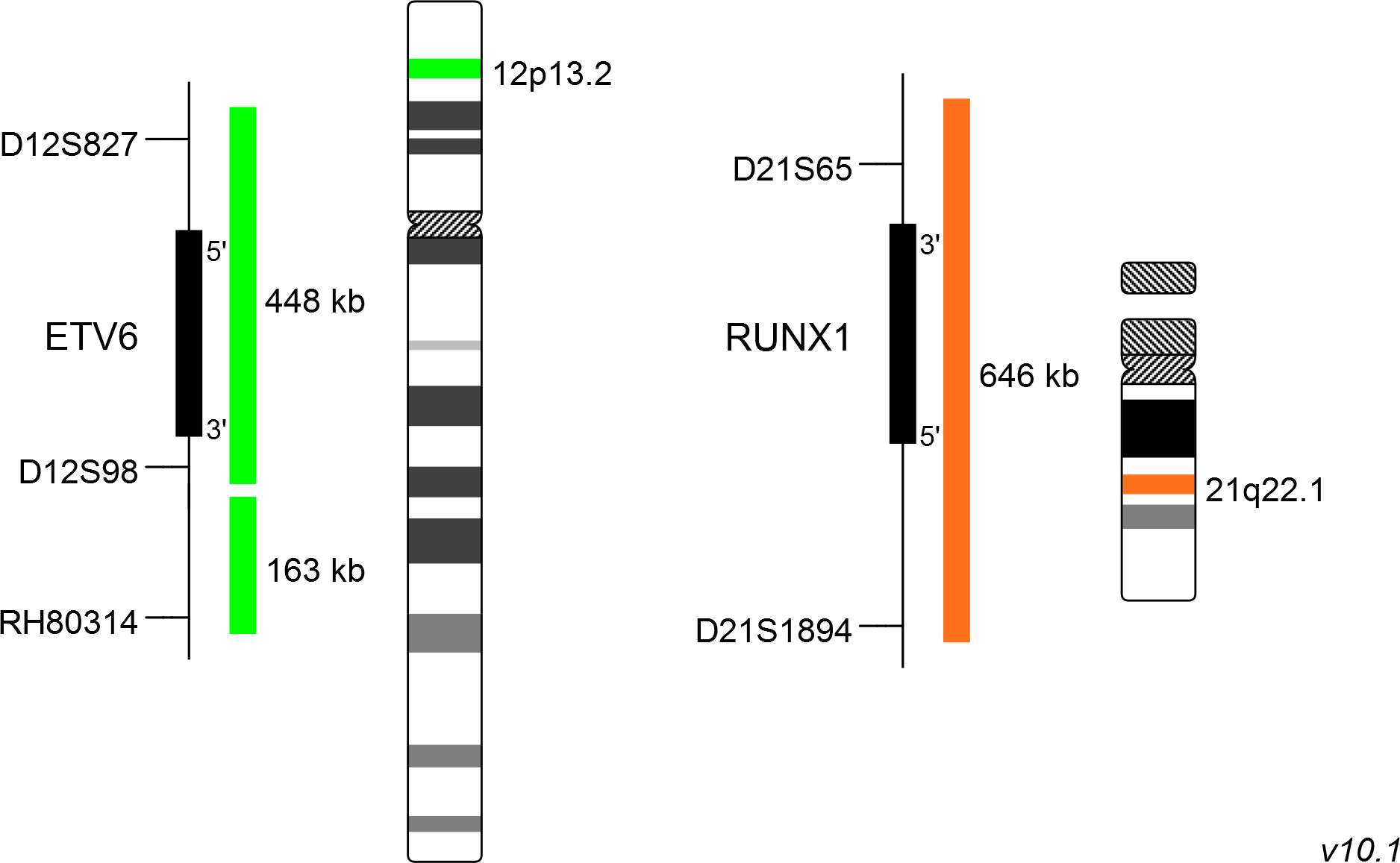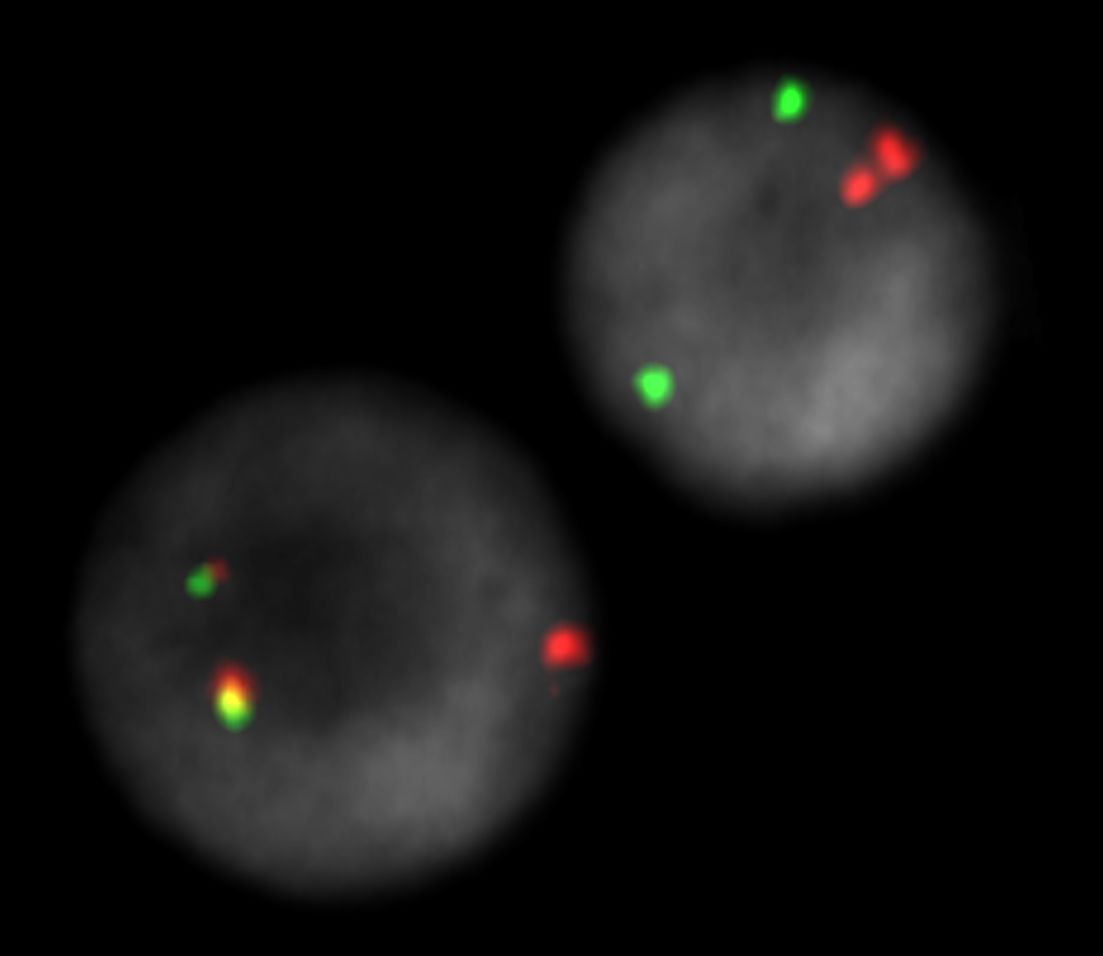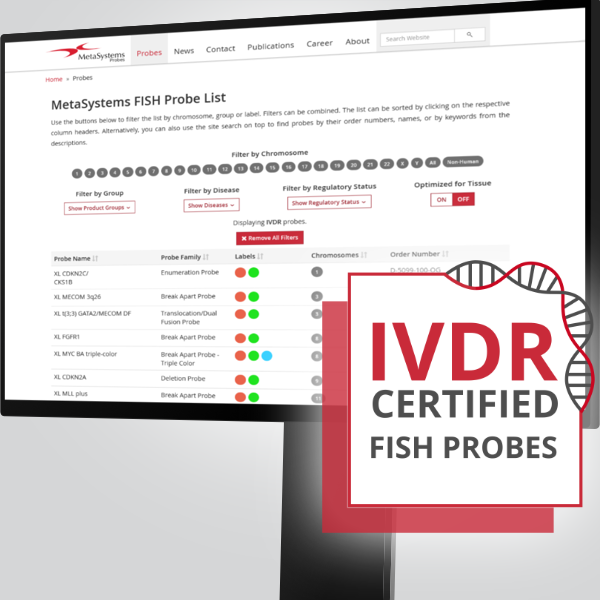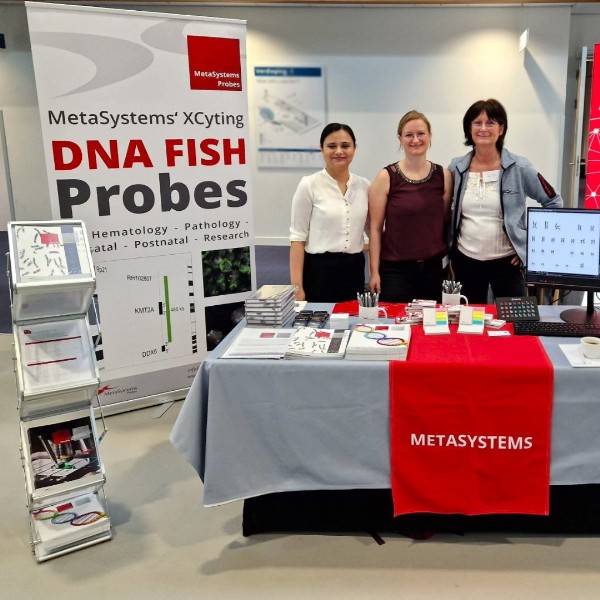Acute lymphoblastic leukemia (ALL) is a rapidly progressing cancer type characterized by the malignant transformation of lymphoid progenitor cells. It is the most common childhood cancer type and the second most common leukemia in adults. Treatment of children usually results in good prognosis whereas the outcome for adults is less optimistic. Most patients show a transformation of precursors of the B-cell type, but also the T-cell phenotype is frequently observed. The most common aberration in pediatric B-cell ALL is t(12;21)(p13;q22) with an incidence of about 25%, compared to <5% in adults. The result of this reciprocal translocation is an ETV6/RUNX1 fusion gene. Scientific data suggest that ETV6/RUNX1 is already established prenatally, but additional chromosomal aberrations are necessary for the development of ALL postnatally. The ETV6/RUNX1 fusion gene is transcriptionally active and is dysregulating a cascade of downstream genes. One study has shown, that all positive t(12;21) cases harbored the ETV6/RUNX1 fusion gene but not the reciprocal gene. This suggests, that ETV6/RUNX1 is involved in the manifestation of ALL, but not RUNX1/ETV6.
Since t(12;21) is not detectable by conventional cytogenetic methods, FISH is one of the methods of choice.
Clinical Applications
- Acute Lymphoblastic Leukemia (ALL)
